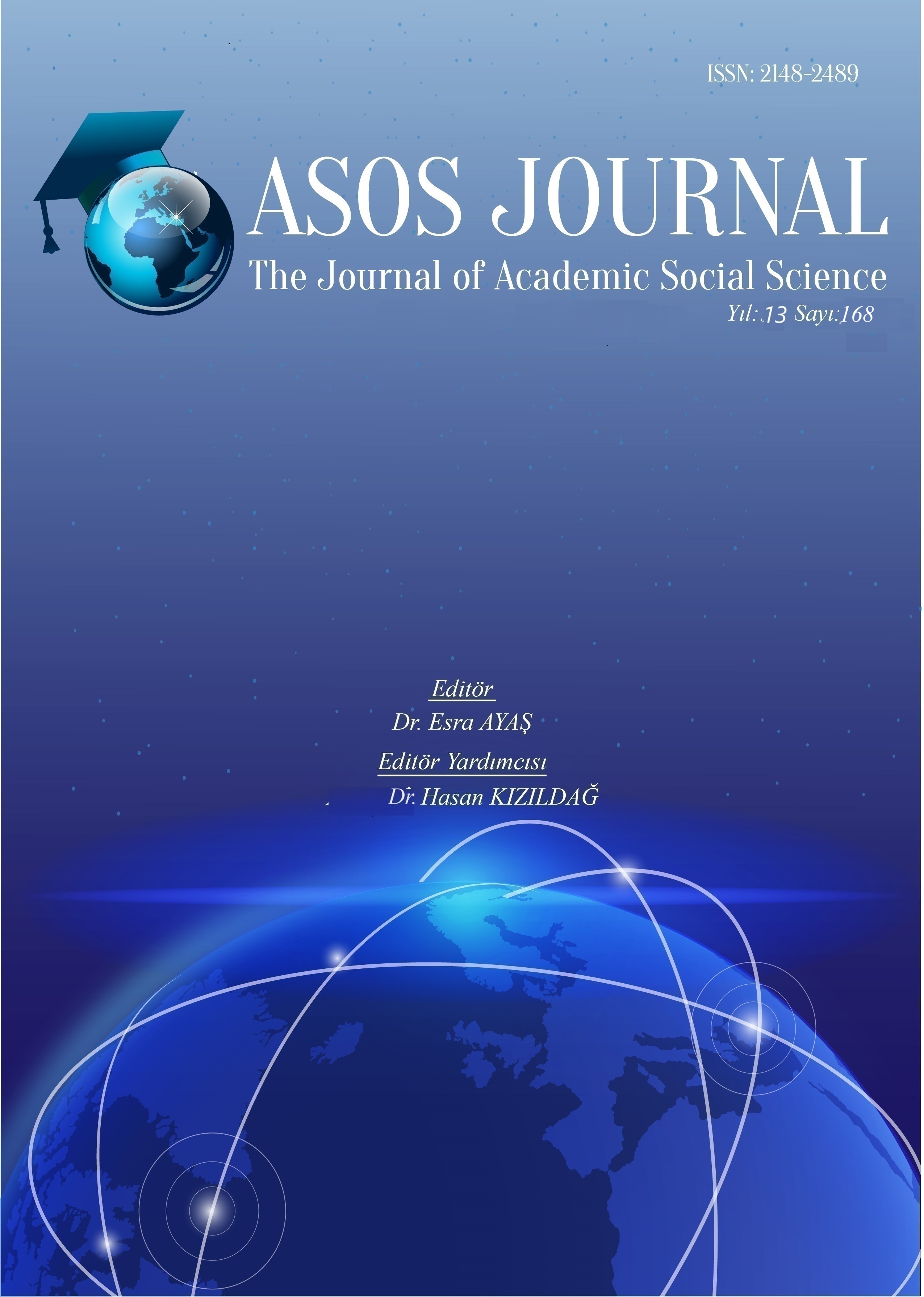LEMOINE ETUDES ENFANTINES FOR THE PIANO OP.37 ETÜT METODUNUN TEKNİK VE MÜZİKAL KAZANIMLAR AÇISINDAN ANALİZİ
Author :
Abstract
Araştırmada, Henry Lemoine’ın piyano eğitiminde kullanılan “Lemoine Etudes Enfantines for the Piano Op.37” adlı etüt metodunun teknik ve müzikal kazanımlar açısından analizi amaçlanmıştır. Etütlerin zorluk derecesine göre sıralandığı, başlangıçta daha kolay etütler yer alırken ilerleyen sayfalarda teknik açıdan daha zor etütlere geçildiği tespit edilmiştir. Analiz sonucunda elde edilen bulgular kategorilere ayrılarak sunulmuştur. İncelenen kitapta yer alan 50 etüt; ölçü birimi, tonalite, hız terimleri, sağ ve sol el teknik becerileri ile müzikal ifadeler açısından değerlendirilmiştir. Analizler sonucunda etütlerin çoğunlukla Do Majör ve Sol Majör tonlarında yazıldığı, altı diyez ve dört bemole kadar olan tonalitelere yer verildiği görülmektedir. Ölçü birimi olarak genellikle 2/4 yapı tercih edilmiş, en sık kullanılan hız terimi ise Allegretto olmuştur. Sağ ve sol el teknikleri incelendiğinde staccato, çift ses, akor, alterasyon, legato, el pozisyon değişimi gibi tekniklerin öne çıktığı belirlenmiştir. Müzikal ifadeler açısından oldukça zengin bir içerik sunan kitapta 48 farklı ifade kullanıldığı görülmüştür. Sonuç olarak Lemoine’ın etütlerinin sadece teknik gelişim değil aynı zamanda müzikal ifadeyi de geliştirdiği sonucuna ulaşılmıştır.
Keywords
Abstract
The aim of this study was to examine Henry Lemoine's etude book titled “Lemoine Etudes Enfantines for the Piano Op.37” which is used in piano education. It was found that the etudes are arranged according to their level of difficulty, with easier etudes at the beginning and more technically challenging etudes in the later pages. The findings obtained from the analysis were presented in categories. The 50 etudes in the book were evaluated in terms of time signature, tonality, tempo terms, technical skills of right technical skills of left hand and musical expressions. The analysis revealed that most of the etudes were written in C major and G major, with tonalities ranging from six sharps to four flats. The time signature 2/4 was generally preferred, and the most frequently used tempo term was Allegretto. When examining the right and left hand techniques, it was determined that staccato, double notes, chords, alterations, legato, and hand position changes were the most prominent techniques. The book offers a rich musical content, with 48 different expressions used. In conclusion, it was found that Lemoine's etudes emphasize not only technical development but also musical expression.





